#Henan
Text
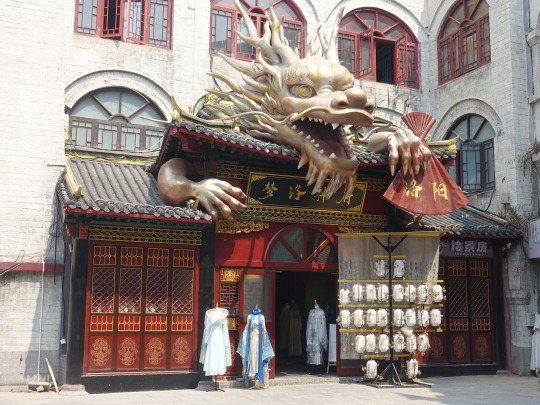
汉服硬核版。
A pretty hardcore Hanfu store.
503 notes
·
View notes
Text
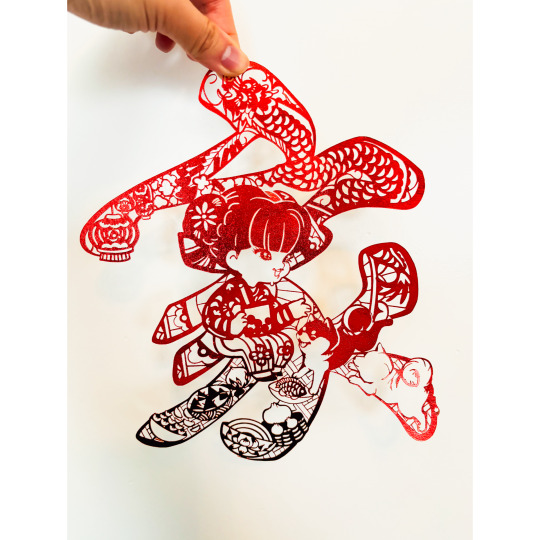



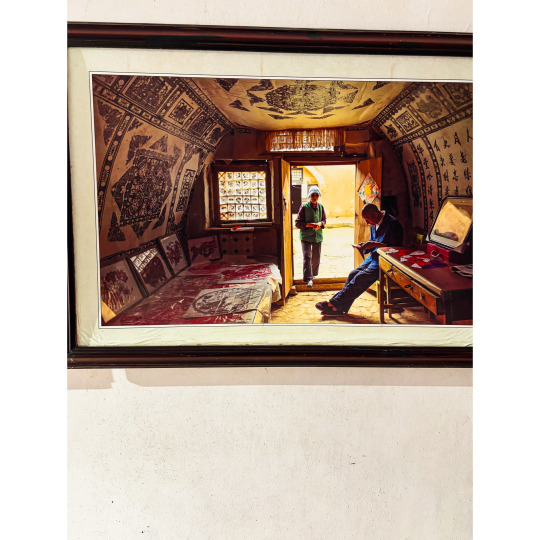
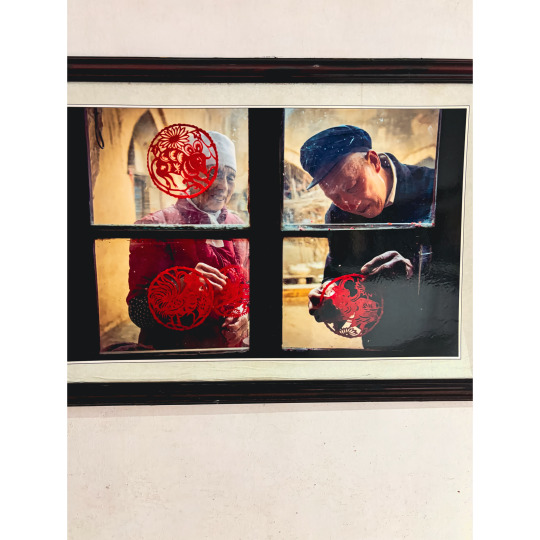




Here’s my wall cut paper piece (or “window flower”) for Chunky Thing's “Hi, I’m Home!” art show featuring my chunky shibas! Having been trained in the Western (French) tradition of live silhouette portrait cutting, I wanted to learn more about the art of Chinese folk paper cutting, its practice, and its iconography.
Traditional Western silhouettes get their name from Étienne de Silhouette and were popularized around the 18th-19th century while traditional Chinese paper cuts, as most things in China, are said to date as far back as the 3rd century BCE (using thin materials, say leaves, before the invention of paper which would come 500 years later).
This past fall, I visited Henan and learned techniques from a female artisan whose family had been practicing folk Chinese paper cuts for centuries. I’m sharing a few photos out of hundreds (I want to put together a little video of my field research eventually) showcasing Chinese paper cutting. I spoke with a few Chinese paper cutting artists, and we even swapped scissors and paper (it's silly how paper artists are the same all over -- I have a portrait of myself from one of them!). For 2024, I’m hoping to create more wall flowers in the Chinese tradition with some of my fun personal flair (maybe a mini Zodiac series?), and to combine Western and Chinese paper cutting aesthetics. I spoke with Harvard Magazine last year about all the potential I saw with Western silhouettes, and I’m very excited to report back that I’m making good on all that optimism.
#silhouette#papercraft#paper art#traditional art#paper cutting#chinese art#henan#folk art#china#travel photography#travel#personal#silhouettes by suzette#lunar new year#long post
75 notes
·
View notes
Text
Archaeological investigations at Anyang have revealed a treasure trove of information about the evolution of ancient China’s urbanism, as well as Anyang’s role as a ceremonial and administrative hub of the Shang Dynasty.
Evolving from a basic farming village to a grand Shang urban center, remains at the site include the regal burial site at Hsi-pei Kang and the astonishing abundance of over 100,000 engraved oracle bones.
From humble beginnings to the regal city of Yin, Anyang's urban structure is a testament to the intellect and organization that shaped the Shang Dynasty. Anyang's legacy echoes through its archaeological record, providing invaluable lessons about its significance for early Chinese civilization.
25 notes
·
View notes
Text
欢迎 - Welcome
Mama made home.
So my toes tap a gratitude uneven,
Divine atop earthen floor
And further mixed the silt,
Halfway through to whatnot’s perdition
Rendered this once upon a time’s home.
Walls littered moon-cake plastic,
A wrapper of old
And parcels signed, “Year of the Rabbit,”
Covered holes chewed through by mice
Of porridge and thoroughfare.
Battered beige bags,
From, “天津,” (Tianjin), to, “长沙,” (Changsha),
Remnants of a brother’s business
Come autumn and collapse,
Stack a headstone or two serving support.
So to, are panes incomplete,
Missing and if only glass, but one limit lost upon
Cankered sands, mimicry, the rice emptied
Bowels and with bugs pouring in;
Lesser denizens seeking the sustenance of light;
But she’d spent days cleaning
And that was all I needed.
I wouldn’t have it any other way.
So with tattered rag by name of, “blanket,”
Up to chin and shiver, I was home;
I was simply home.
- Hathaway Hayes (2010)
#writerscreed#poeticstories#poetryportal#twcpoetry#burningmuses#writtenconsiderations#writingthestorm#poem#poetry#poet#poets on tumblr#writer#author#writers on tumblr#travel#china#henan#countryside#family
8 notes
·
View notes
Text
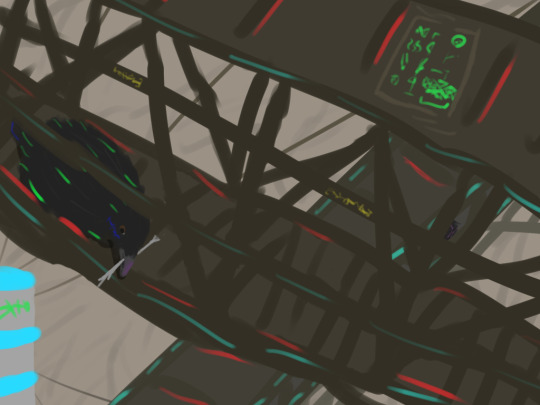
The first lines tied down over what was once Henan province, two cities, for a time, become one. The airship, while not particularly large by our standards, is large enough for them to fit a small city. In an era before any equivalent to jet engines and with bodies that make air disasters inherently less dangerous, rigid thermal airships are a clear choice for safe, long-distance transportation of people and cargo, these days kept aloft through a complex bioengineered system that provides for rapid warming and cooling of the interior in addition to propulsion. However, unlike many other forms of technology, airships are not easy to downscale, especially if you wish to travel to another part of the world. With so much extra space, and with each new airship requiring a major multi-collective effort, these floating cities house and provide services to thousands of permanent and temporary residents at a time. Here, one of those residents, a member of this airship's maintenance collective, lays on one of the typically closed exterior walkways to conduct standard repairs while the airship is stationary.
#art#digital art#crow#corvid#corvids#raven#Henan#digital painting#desert#climate change#climate collapse#speculative biology#speculative evolution#spec bio#spec evo#airship#evolution#worldbuilding#This Grand Nest
22 notes
·
View notes
Text
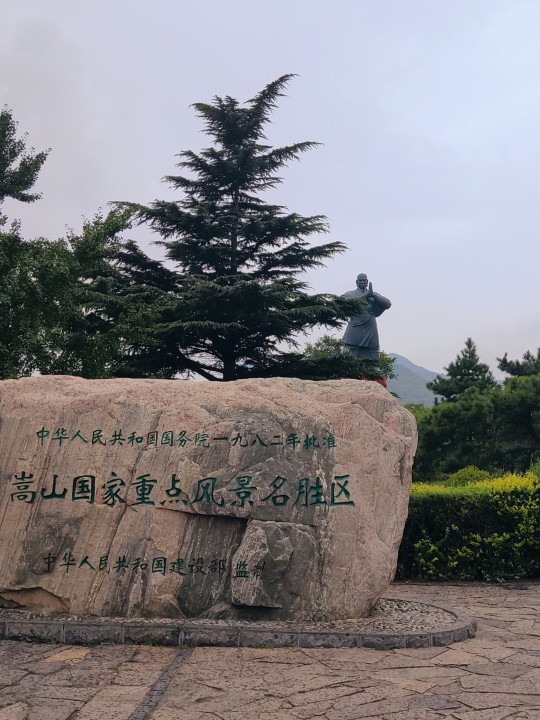
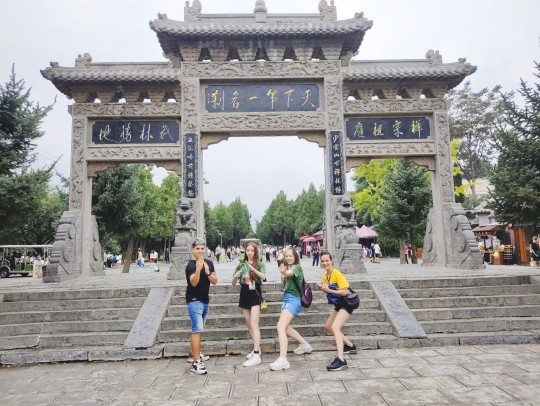
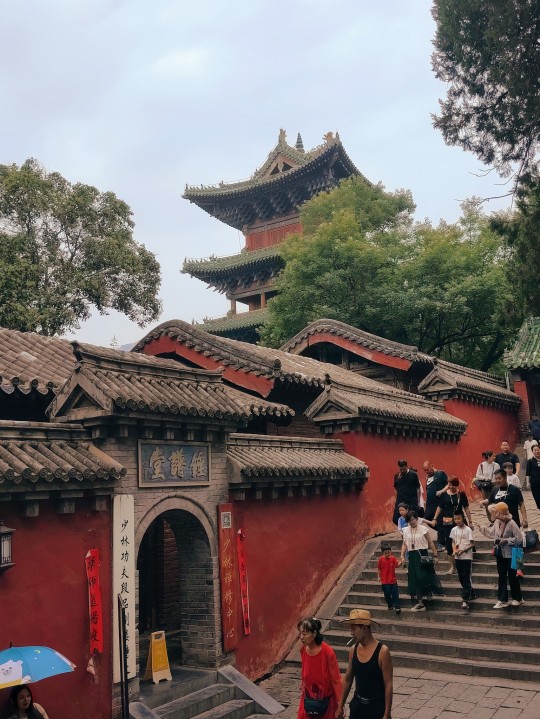
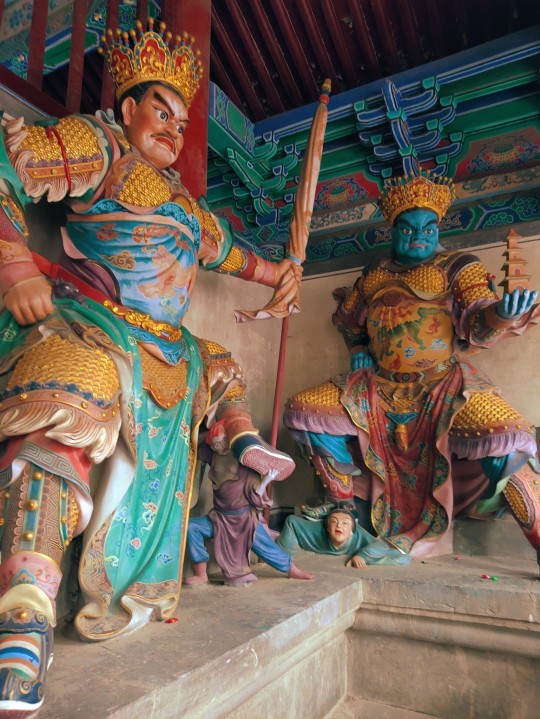






嵩山少林寺
4 notes
·
View notes
Text
[230108] Henan Spring Gala Festival x Wang Yibo 💚
2022 Review.
See you for Henan Spring Gala Festival~
8 notes
·
View notes
Photo

常香玉 (Chang Xiangyu) - 常香玉名剧唱腔集(一)(Famous Henan Opera Arias by Chang Xiangyu: Vol. 1)
Region: China (Henan) / Style: Yu opera / Year: 1993
LIKED
5 notes
·
View notes
Text
¿Sabías qué?
¿Sabías qué?
Bebida alcohólica más antigua
#aperturaintelectual
#sabiasqueaintelectual
Bebida alcohólica más antigua
Afortunadamente en esta época tocar el tema del alcohol ya dejó de ser un tema tabú; sin embargo, durante muchos años lo fue y lo irónico de todo esto es que la presencia de las bebidas embriagantes han estado presentes desde hace más de 9,000 años.
De manera común, solemos referirnos a la cerveza como la bebida alcohólica más antigua; sin embargo, existen…

View On WordPress
#AperturaIntelectual#sabiasqueaintelectual#Bebida alcohólica más antigua#Celtas#Cerveza de cebada#Chicha#Civilizaciones antiguas#Henan#Hidromiel#Mayas#Normandos#Sabías que#Sajones#Vikingos#Vino de Hajji Firuz Tepe#Vino gregoriano
2 notes
·
View notes
Text
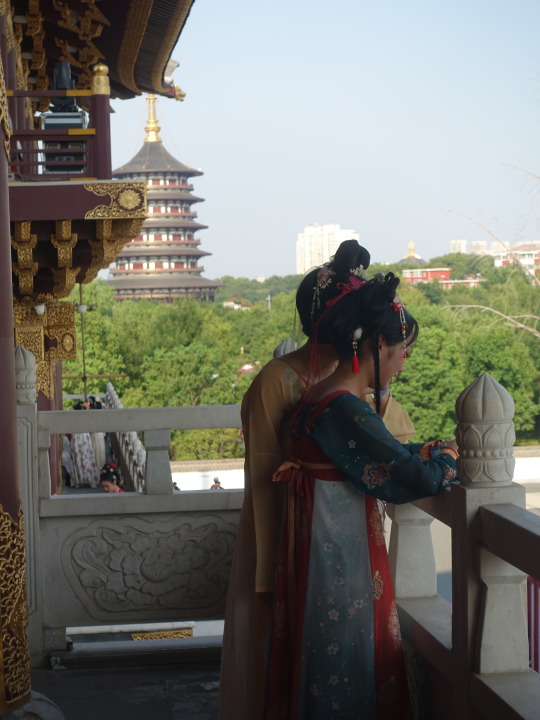
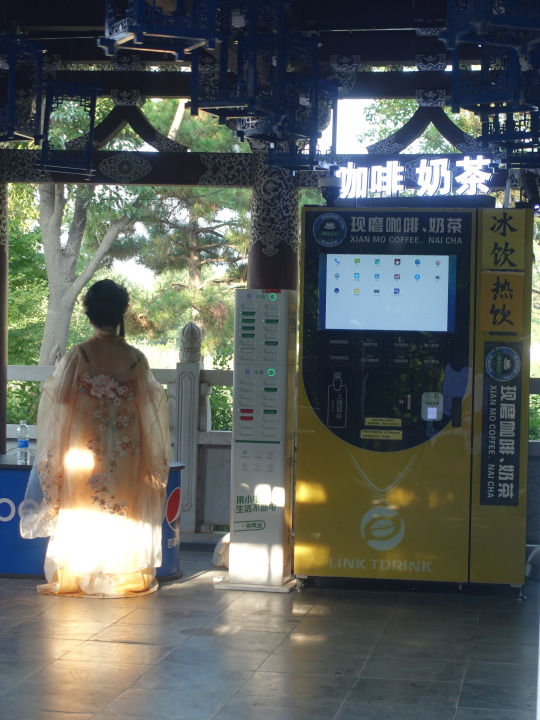
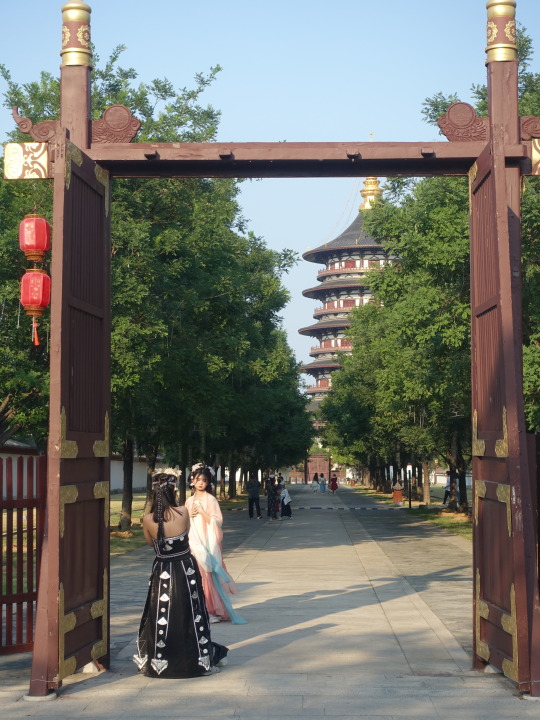


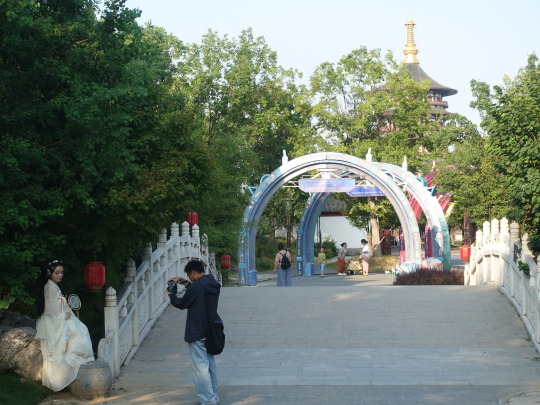

汉服热(穿着应该也很热吧)。
Hanfu (traditional Chinese clothing), Hanfu everywhere.
22 notes
·
View notes
Text
A camel’s head, a deer’s horns and a demon’s eyes. A bull’s ears, a snake’s neck and a clam’s belly. A carp’s scales, an eagle’s claws and a tiger’s paws. Pieced together, these disparate physical features yield an illustrious creature of Chinese legend: the dragon.
Believed to soar through the waters and heavens as a nature deity ruling over the rains, the dragon is a dominant figure in Chinese mythology, perched at the center of longstanding creation tales. Ancient legends depict the mythical being, called long in Chinese, descending to the ground with the fog and rising out of the ocean with the sun, moving the seasons in its wake. Initially a vague motif in ancient Chinese art, the dragon is now an emblem of benevolent divinity, imperial power and sweeping unity. Its symbolism builds on thousands of years of folklore and Chinese history. And, as the only mythological animal in the Chinese zodiac system, the dragon takes on yet another layer of meaning.
The Chinese zodiac consists of 12 animals—the rat, ox, tiger, rabbit, dragon, snake, horse, goat, monkey, rooster, dog and pig—that alternate every Lunar New Year. Though the timing of the Lunar New Year changes based on cycles of the moon, the celebration generally falls between January 21 and February 20, beginning with the second new moon after the winter solstice. Every Lunar New Year, a new zodiac animal takes over the reins of fate. Its character guides the course of the year, and individuals born under its sign are said to adopt its behavior, character traits and compatibility standards.
Arriving fifth in the sequence, the dragon is the most potent—and most desired—zodiac symbol. It “catalyzes all the powers of nine animals and is therefore considered very supreme,” says Richard E. Strassberg, an expert on Chinese culture and the author of A Chinese Bestiary: Strange Creatures From the Guideways Through Mountains and Seas. “There [is] an overwhelming mixture of respect and hope in invoking the dragon’s powers.”
When the Year of the Dragon arrives, birth rates in China tend to boom. Many parents believe that a child born during this year, a lucky dragon baby, will be destined for success. Though this perception is often a self-fulfilling prophecy, with parents investing greater resources in their dragon child, the extraordinary expectations surrounding the zodiac creature speak to its deep associations with intelligence, authority and good fortune. This year, the dragon will take the helm from the rabbit on February 10, ushering in a long-anticipated period of prosperity unique to the mythical being.
#history#buddhism#taoism#hinduism#folklore#dragons#zhou dynasty#warring states period#qin dynasty#han dynasty#shang dynasty#yuan dynasty#ming dynasty#qing dynasty#china#henan#anyang#qin shi huang#liu an#sima qian#emperor gaozu of han#nine sons of the dragon#pulao#classic of mountains and seas#huainanzi#azure dragon#dilong#yellow dragon#dragon king
0 notes
Text
Xia, la dynastie légendaire de la Chine ancienne
Fondée par Yu, la dynastie Xia a instauré la première dynastie héréditaire qui trouve son origine dans l'historiographie traditionnelle
La dynastie Xia (夏朝: Xiàcháo) est la première dynastie de l’historiographie traditionnelle chinoise. Elle est la plus ancienne des Trois Dynasties de l’Antiquité (Xia, Shang et Zhou). Selon la tradition, la dynastie Xia a été fondée par le légendaire Yu le Grand, après que Shun, le dernier des cinq empereurs, lui ait donné le trône.
La dynastie Xia daterait (IXe – VIe siècle avant notre ère,…

View On WordPress
#Chine#culture#dynastie chinoise#dynastie Shang#dynastie Xia#Erlitou#Henan#Histoire#historiographie chinoise#Yu le grand
0 notes
Text
While excavating a 2,500-year-old ancient city which has been unearthed in modern-day Puyang, archaeologists have discovered a set of 10 polished and painted bone slips in China.
Experts believe these may have been used for fortune telling or during sacrificial ceremonies, which means that this unexpected find could open a window onto customs taking place over 2,000 years ago and mystical traditions of the past!
9 notes
·
View notes
Text
Sunday Bested
I admired them as they went about their
Menial tasks in suits of silk.
Sunday bests amidst the concrete, the dust,
And broken shards of
Bamboo:
The broken mirrors of
The broken memories of the
Broken histories upon the
Broken backs of not so broken
Families,
The brethren left behind atop
Tea-brimmed Mountains.
This was one more saga prerequisite a newer dynasty –
Witness the
Wives huddled plowshares,
The daughter scribbled arithmetic
And sons, assumed saviors to legacy.
Witness this
Rice ridden bowl,
This chipped Henan ceramic
And witness the hours yet to endure.
Behold the back of Chen.
I could only stand in awe,
In observation of the
Dirtied –The unscathed,
The soiled – The smoke amid pear peelings,
The so very tired – that one more nail,
Soiled, with scratch and
Sliver of blood, a sanctity upon brow;
While I and my tie, freshly pressed,
Almost gleaming with a stolen prestige,
Seemed far more dirty than any hand prior –
Hand cradled hammer,
Hand hugging thumb,
Thumb atop nail, atop iron or
impaled heart as
This, “commoners,” blood wept,
And for a first time,
Far from, no, for the fields of his father.
- Hathaway Hayes (2008)
#writerscreed#poeticstories#twcpoetry#spilled ink#writtenconsiderations#writingthestorm#poem#poet#poetry#writer#writers#poets on tumblr#writers on tumblr#author#travel#china#henan#zhengzhou#admired#family
12 notes
·
View notes
Text
1966: Gao Yaojie Confronts the Cultural Revolution
Dr. Gao Yaojie’s memoir was translated as The Soul of Gao Yaojie
The late Dr. Gao Yaojie‘s bravery didn’t begin with the fight against HIV/AIDS among the rural poor in Henan Province in the 1990s where she outraged the local authorities by exposing their crimes. Dr. Gao told me she had stood tough against the Red Guards during the Cultural Revolution and suffered much during those years. In…

View On WordPress
0 notes
